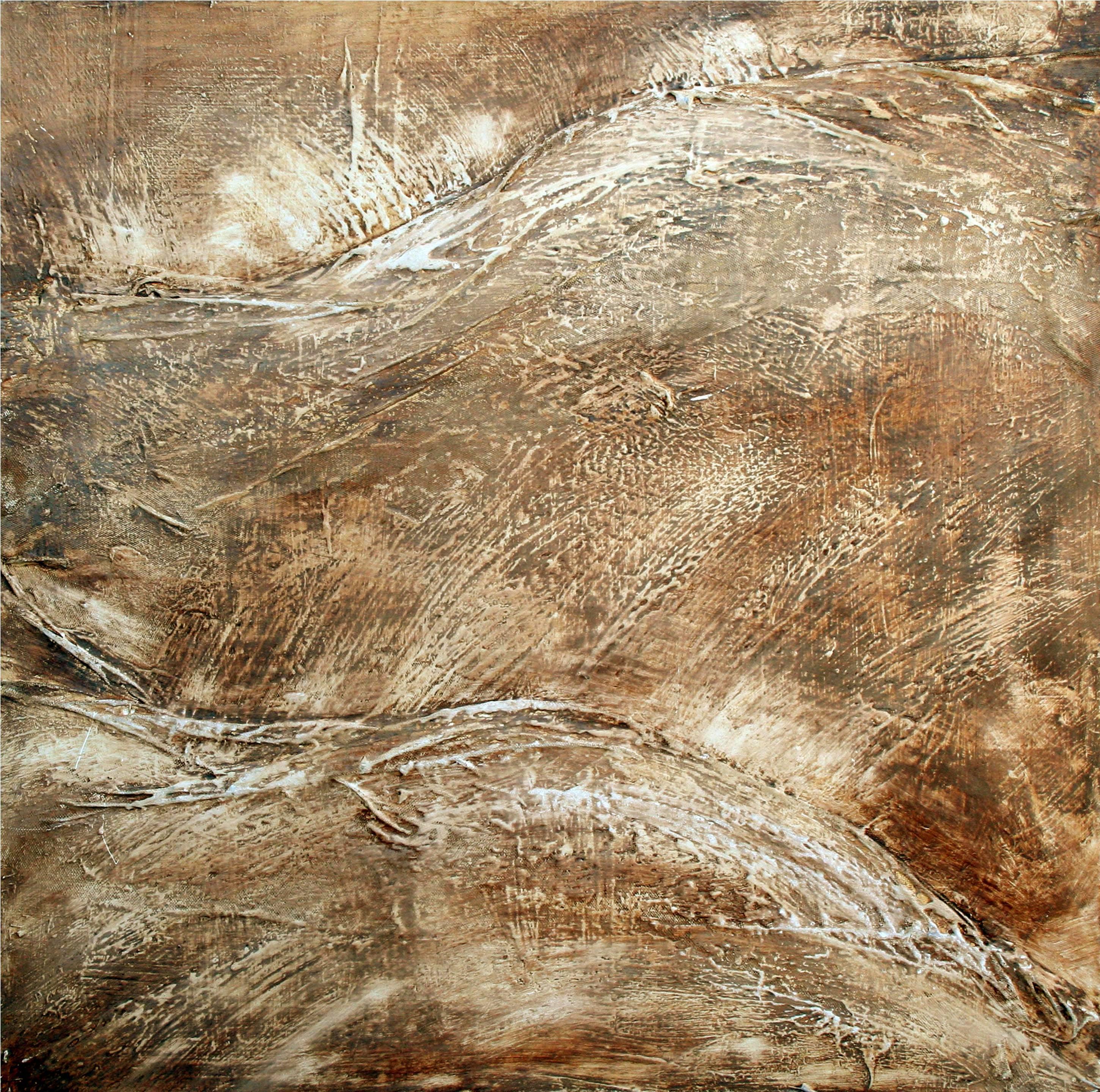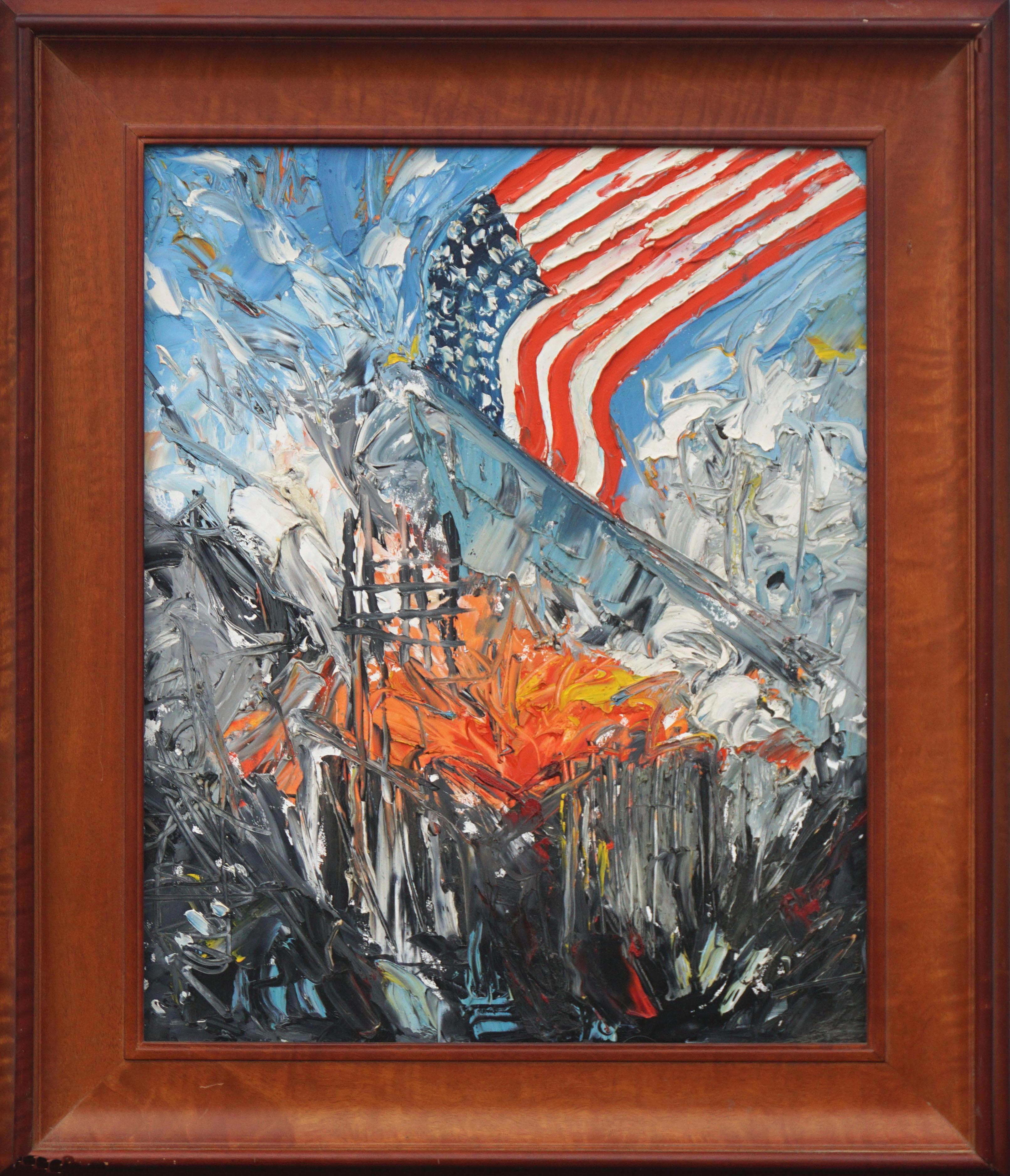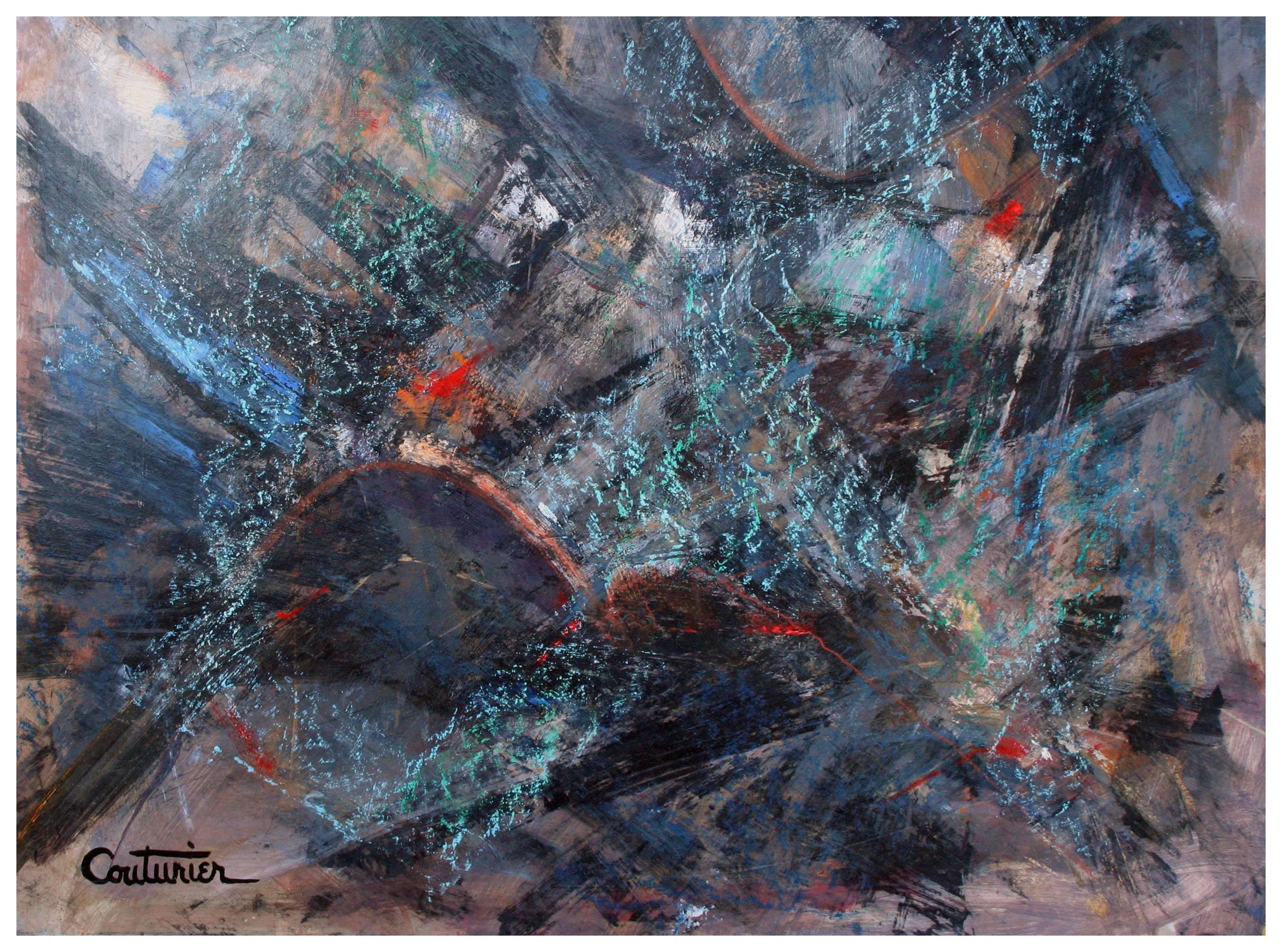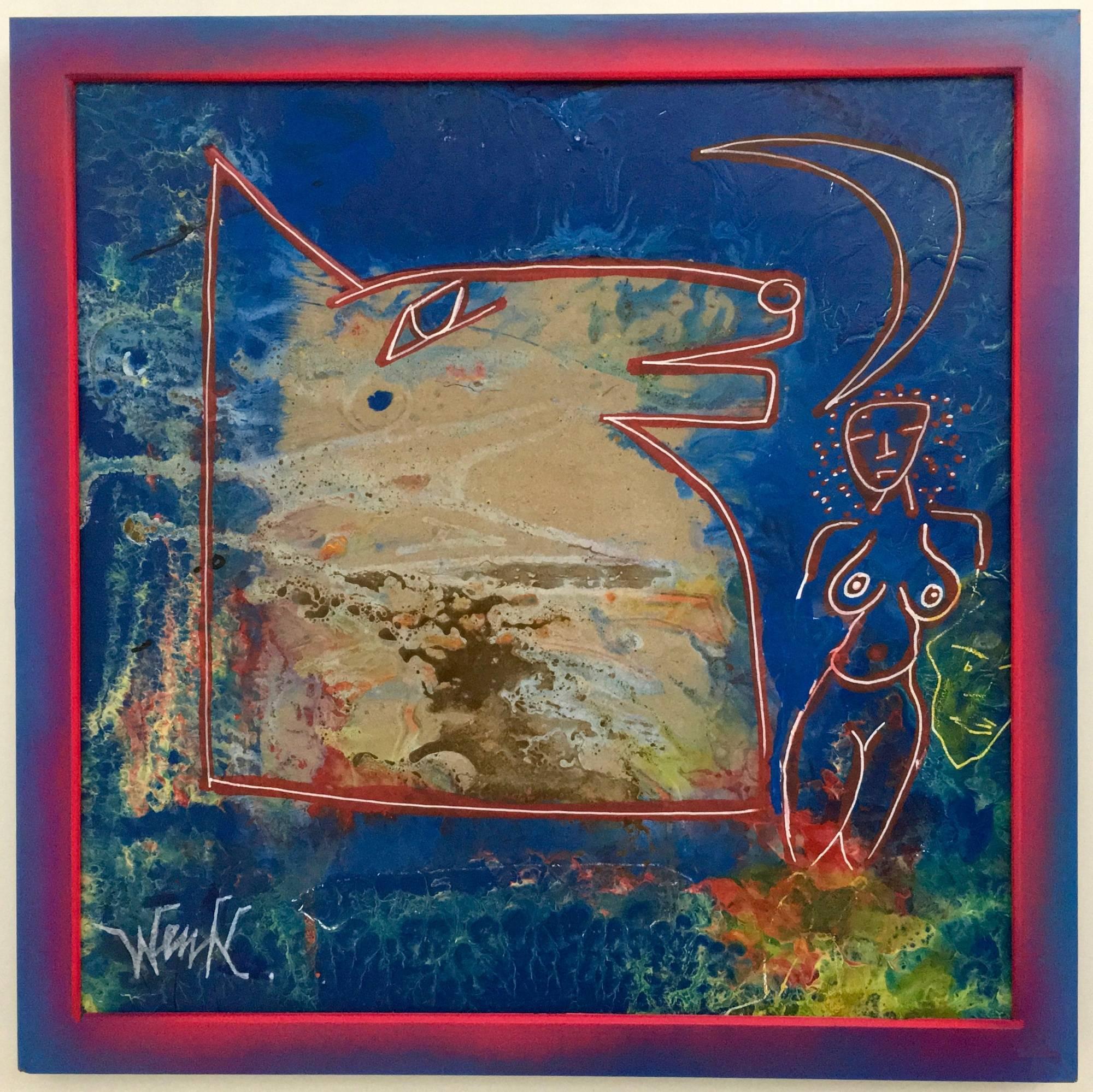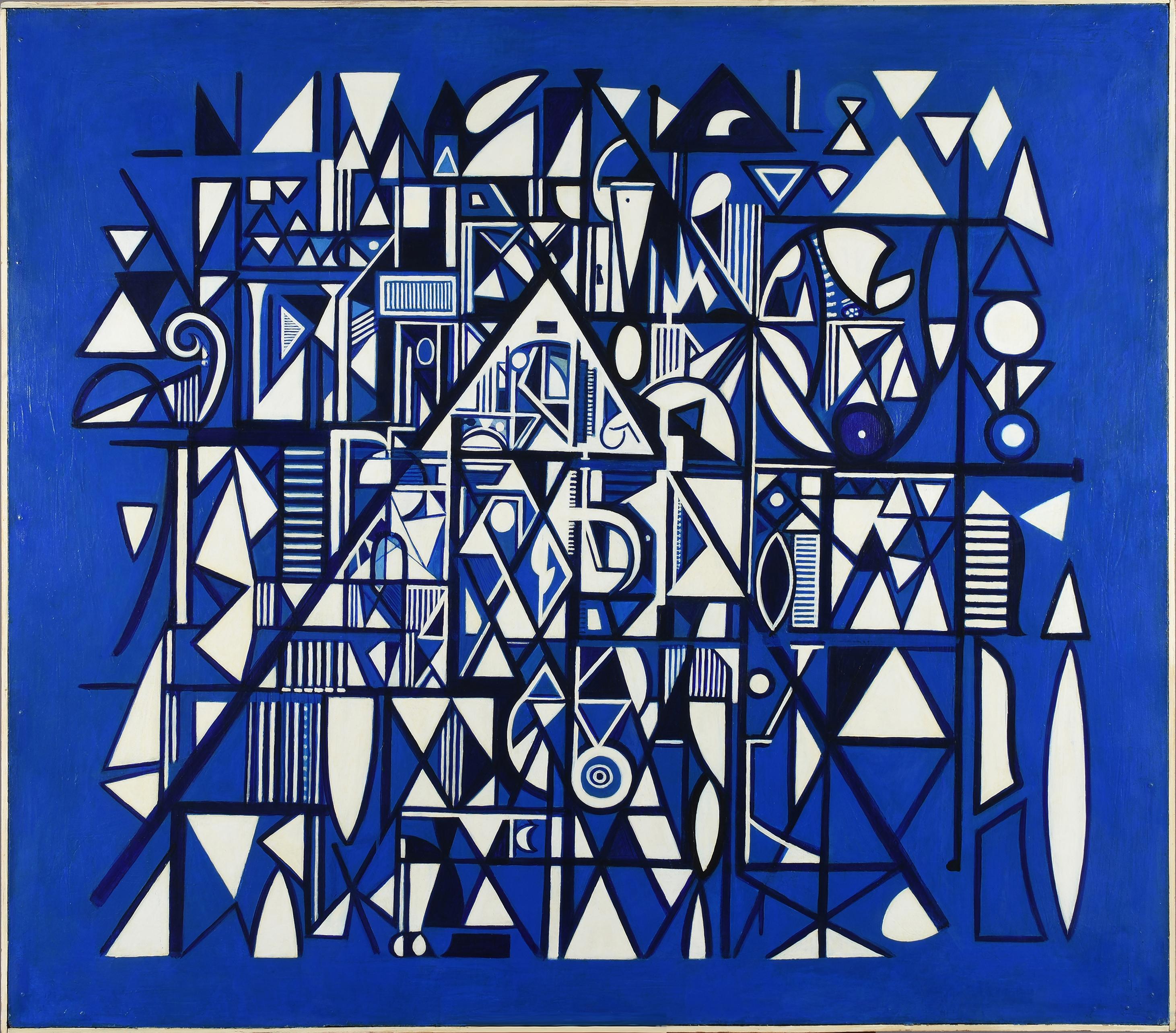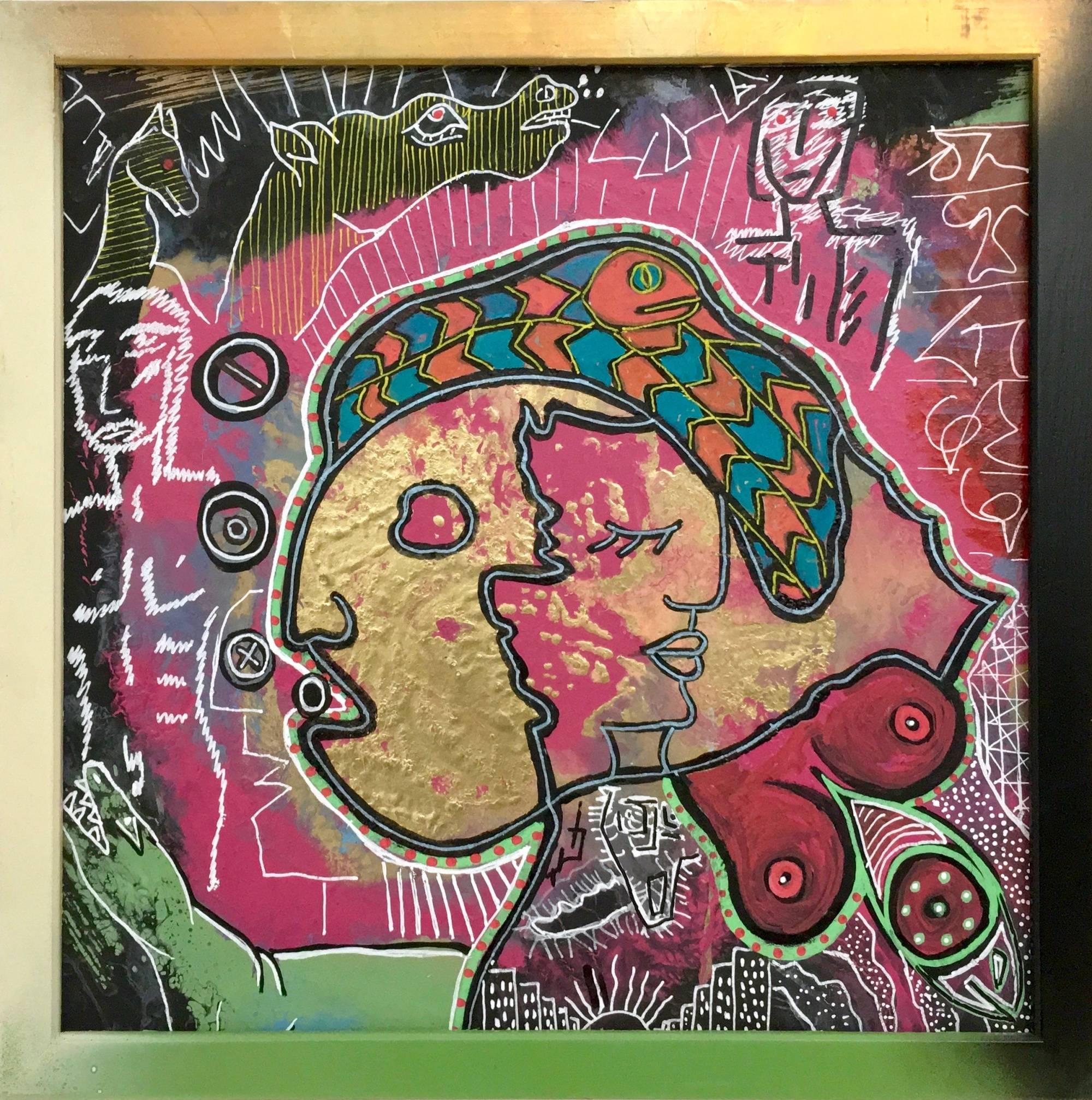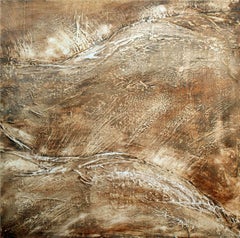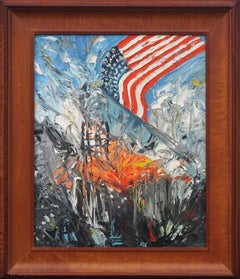
Abstract Painting in Orange and Blue, Circa 1940s
View Similar Items
1 of 4
Gustav FriedmannAbstract Painting in Orange and Blue, Circa 1940sCirca Late 1940s
Circa Late 1940s
About the Item
- Creator:Gustav Friedmann (1897 - 1982, American, Austrian)
- Creation Year:Circa Late 1940s
- Dimensions:Height: 30.75 in (78.11 cm)Width: 27.25 in (69.22 cm)Depth: 0.25 in (6.35 mm)
- Medium:
- Movement & Style:
- Period:
- Condition:Minor vintage wear.
- Gallery Location:San Francisco, CA
- Reference Number:Seller: 925051stDibs: LU29821743143
You May Also Like
- Abstract Earth Tone Textured Square LandscapeLocated in Soquel, CAA textural, earth tone abstract landscape evocative of rolling hillsides in brown and white neutrals by an unknown artist (American, 20th Century). Unsigned. Unframed. Image, 24"H x...Category
1980s Abstract Expressionist Abstract Paintings
MaterialsFabric, Masonite, Oil
$680 Sale Price20% Off - America Rising - Patriotic 9/11 Figurative AbstractBy Jocelyn AudetteLocated in Soquel, CAVivid and evocative abstracted painting of 9/11 by artist Jocelyn Audette (American, b. 1952), circa 2001. Impasto adds texture and interest. Label on verso with artist's name. Pres...Category
Early 2000s Abstract Expressionist Abstract Paintings
MaterialsMasonite, Oil
$680 Sale Price20% Off - "The Cowboy" Mid Century Abstract Expressionist Female ArtistBy Sylvia RutkoffLocated in Arp, TXSylvia Rutkoff (1919-2011) Sr11-1 c.1960s “The Cowboy” Oil impasto on Masonite 42x36 period frame Signed on reverse in pencil Collection acquired from family estateCategory
Mid-20th Century Abstract Expressionist Landscape Paintings
MaterialsOil, Masonite
- Space Abstract, Mid Century Abstract Expressionism with Grey, Black, Blue, RedBy Rene CouturierLocated in Soquel, CADynamic midcentury modern abstract expressionist painting by Normandy artist Rene Couturier (French, b. 1933), circa mid-1960s. A grey and black plane comprised of clashing diagonals...Category
1960s Abstract Expressionist Abstract Paintings
MaterialsMasonite, Oil
- Untitled by Enzio Wenk, 2017 - Acrylic Paint on Masonite, Abstract ExpressionismBy Enzio WenkLocated in Bresso, ITAcrylic paint on masonite. The frame was painted by the artist.Category
2010s Abstract Expressionist Abstract Paintings
MaterialsMasonite, Acrylic
- UntitledBy Richard Pousette-DartLocated in Miami, FLAcrylic on masonite. This is a pivotal work in deep and radiant cobalt blue from 1950. It dipicts calligraphic and hieroglyph structures over a grid and pyramidal base by the first generation abstract expressionist. Provenance: Skinner: November 13, 1992 [Lot 00219}, The entry in the Skinner catalog indicates that the painting came directly from the artist to the family of the consignor to Skinner. Kaminsky Auctions. There is an unbroken paper trail that traces the ownership of the painting from the current owner, through two auction houses to the artist. Perfect unbroken provenance. Pousette-Dart was among the most inventive of the Abstract Expressionist generation, His uncanny talent was to expand the nature of abstraction and still make each mark each element very much his own; a reflection of what he called "the concealed power of the spirit," he said, “not of the brute physical form." His was not aiming for a singular, realized aesthetic formula but to expand the possibilities of painting; the transcendental in painting. Typical of such invention and exploration is this painting Untitled 1950 when the artist was only 34 years old and represented by one of the champions of the new American painting, Betty Parsons. A banner year for Pousette-Dart, the Museum of Modern Art acquired their first painting by the Minnesota born artist. He worked on easel size works such as this painting an oil on masonite. At the same time Pousette-Dart was also working on larger scale works such as Path of the Hero, running over ten feet in length now in the collection of the Metropolitan Museum of Art. Both contain fields of color articulated by a highly sophisticated white hieroglyphic vocabulary. Rather than demonstrate an expressionist sensibility, Pousette-Dart harnesses his more cerebral ideas transforming thick areas of paint into a more refined composition of geometric forms akin to the pattern and forms of say a stained glass window. In a way he is looking back at Fugue, 1940 a black and white composition which makes use of a similar format of painting albeit smaller. Color and form are minimal, but what Pousette-Dart has maximized is the rhythmic and syncopated character of painting casting his ideas into purely symbolic terms that one might link to the pictograms of Adolph Gottlieb. Nonetheless, nature is always at the core of Pousette-Dart’s thinking and dreaming. Here he has transformed the local Ramapo Mountains—where he will eventually move with his family to live and work— into a complex series of articulated fragments linked by style, scale and color. The painting’s imagery built on two large triangles and reduced to just two colors, cobalt blue and white all outlined in black. Pousette-Dart symbols stacked in horizontal and vertical rows: blue is ground, white is language, symbolic of light, consciousness and awareness . The painting maintains a mystical character images compounded that formulate a secret code and linked to the series of white paintings Pousette-Dart authored in the first half of the 1950s. Get up close to the picture and you discover images within images a kind of picture puzzle...Category
1950s Abstract Expressionist Abstract Paintings
MaterialsMasonite, Acrylic
$1,150,000
